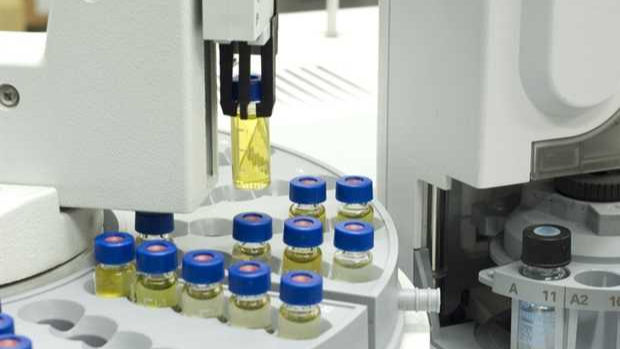AI Revolutionizes Medicinal Chemistry, Predicts Next Designer Drugs, and Accelerates Drug Development
- Aug 21
- 2 min read
Updated: Sep 6

Artificial intelligence (AI) is marking a before and after in medicinal chemistry, transforming everything from the creation of new treatments to the identification of illicit substances. Recent research from universities like Uppsala and British Columbia reveals how AI is accelerating critical processes and saving lives.
In drug development, AI is proving powerful in predicting the three-dimensional structures of key receptors, a traditionally lengthy process. Researchers at Uppsala University used AI to model the TAAR1 receptor, a promising target for mental health disorders such as schizophrenia and depression. After predicting its structure, they found activating molecules, one of which showed promising effects in animal experiments. The accuracy of the AI models has been "astonishing," surpassing traditional methods.
AI is also at the forefront of the fight against designer drugs, substances that evade detection and pose serious risks. Teams led by Jason Liang have created DAMD (Drugs of Abuse Metabolite Database) with nearly 20,000 predicted chemical structures of metabolites, addressing the challenge of identifying new substances. In parallel, UBC researchers, including Dr. Michael Skinnider, trained a neural network that predicts the next designer drugs before they even hit the market, with over 90% accuracy. This reduces identification time from months to days, giving a crucial advantage to law enforcement agencies.
"The accuracy of the structures generated with AI was astonishing—I couldn't believe it," stated Jens Carlsson, leader of the Uppsala study. For his part, Dr. Skinnider of UBC compared his model to "Minority Report" for being able to "predict what designer drugs are likely to emerge on the market".
These AI applications not only accelerate the discovery and validation of new drugs but also improve surveillance and medical response to dangerous substances. DAMD could someday be a vital public tool, and the UBC model is already being used by international agencies. AI is opening a "huge opportunity" to shine a light on an "unknown chemical world".










Comments